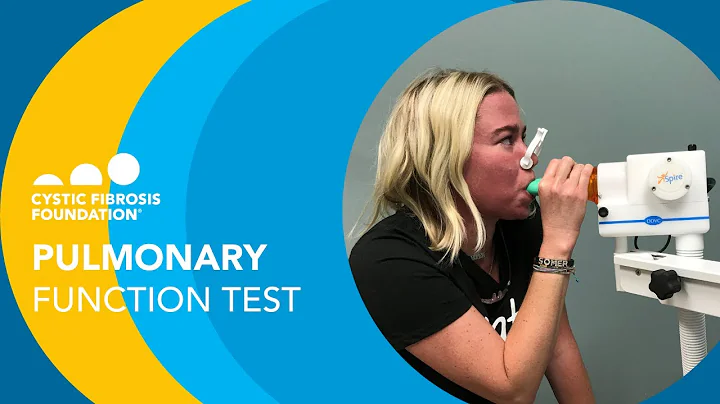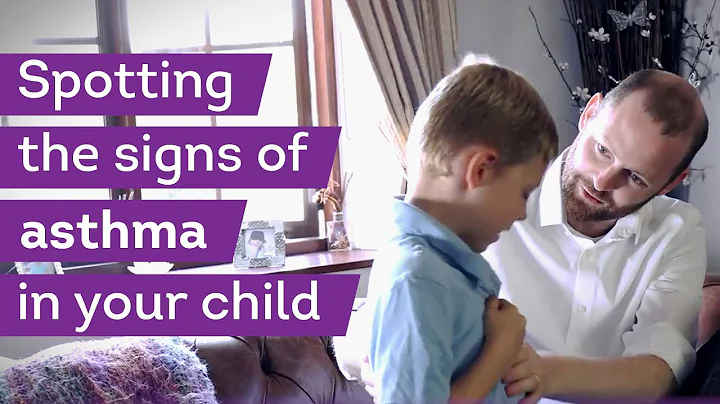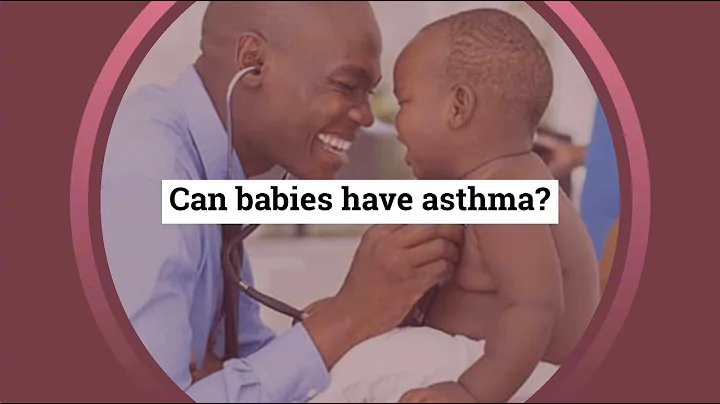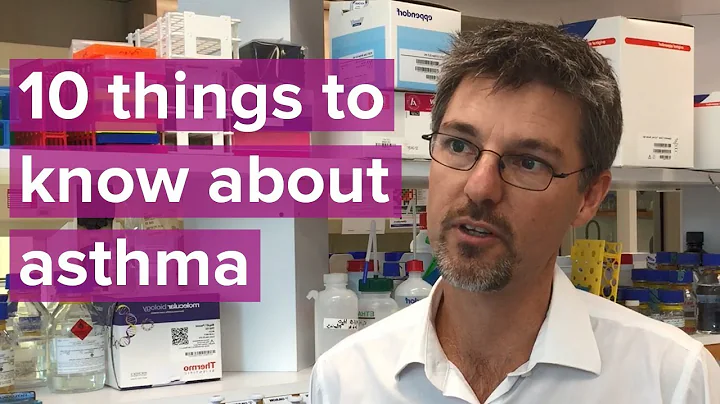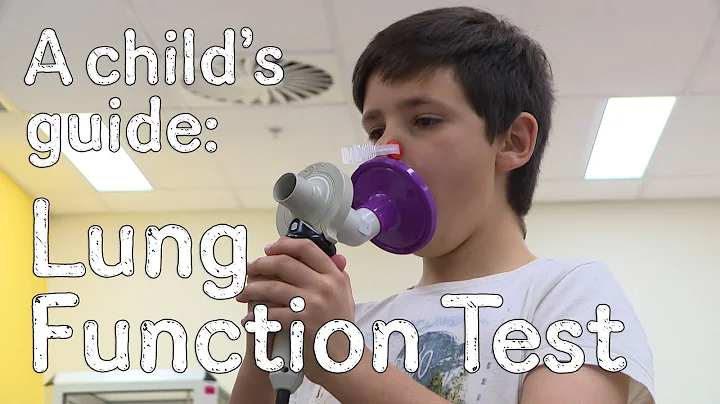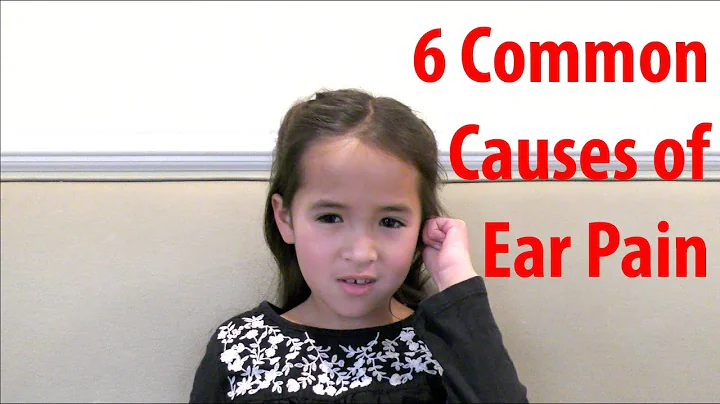Many parents often ask when taking their babies to the respiratory department for treatment, since my baby has asthma and , why do I have to do lung function and exhaled nitric oxide? Why does my baby still need to do lung function testing and exhaled nitric oxide even though his asthma symptoms are well controlled? Can I not do it?
Article guidance: Jinan Children’s Hospital Respiratory Department Cheng Lu, Li Wenting

The expert’s answer is NO! The answer seems a bit tough, but for the sake of the child, the doctor still recommends it.
If we compare asthma to an "iceberg", the symptoms of an asthma attack are only "the tip of the iceberg exposed to the sea"; the "iceberg" that is below the sea level and cannot be clinically observed is airway allergies. inflammation. If this inflammation persists, it will damage the airways and eventually affect the child's lung function.
Just like patients with diabetes monitor blood sugar, and patients with hypertension monitor blood pressure, we also need tools to evaluate asthma. To evaluate airway inflammation in a timely and accurate manner, we need to do airway exhaled nitric oxide testing. In order to evaluate whether the lung function of our asthmatic baby is affected and whether the asthma is well controlled, we need to do lung function regularly. These two tests,
, are our helpers on the road to "fighting monsters", and they are both non-invasive. Therefore, it is recommended that babies with asthma undergo these two examinations, not only during diagnosis, but also need to be monitored regularly after treatment.

Let’s talk about lung function test first – Academician Zhong Nanshan once advocated that “pulmonary function should be tested like blood pressure”!
01
Why is the pulmonary function test so useful?
Because, through pulmonary function tests, abnormalities in pulmonary ventilation and ventilatory function can be detected early, thereby assisting in the diagnosis of respiratory diseases, helping to assess the severity and prognosis of respiratory diseases, evaluating the effect of drug treatment and providing a basis for drug adjustment, and can also be used to diagnose respiratory diseases. Children who require surgery are given an opinion on whether they can tolerate the surgery. For asthma, lung function testing is important for diagnosing asthma, assessing its severity and controlling it!
02
Will the child cooperate with the lung function test?
After measuring the baby's height and weight, follow the nurse's instructions to cover the mouth with his mouth, and follow the clear instructions to breathe at different depths, just like playing a game. The child has completed the examination, and the screen appears on the computer. Corresponding curves and parameters.
03
Of course, there are also some warm tips:
Currently, routine lung function tests are generally only available for babies over six years old. Our hospital has developed lung function tests suitable for babies in younger age groups, such as tidal breathing lung function for infants and young children (0-3 years old). And pulse shock lung function (3-6 years old), it is easier to operate.
Let’s talk about exhaled nitric oxide
01
What is exhaled nitric oxide?
We know that car exhaust can emit nitric oxide. Do people also emit nitric oxide? That’s right! Nitric oxide in the airways can be produced in respiratory epithelial cells. "Exhaled nitric oxide" (FENO) measures the concentration of nitric oxide in exhaled breath. It is an internationally recognized marker of airway inflammation, mainly reflecting eosinophilic inflammation. Simply put, FeNO levels are closely related to airway allergy status.
02
Is it troublesome to do exhaled nitric oxide?
detection is also very simple! The baby only needs to sit in a sitting position, rest quietly for 5 minutes, exhale as much as possible to empty the lungs, then hold the mouthpiece of the nitric oxide meter tightly with the mouth, inhale hard to the maximum, and then exhale slowly and evenly. will be recorded automatically. Don’t worry if your baby doesn’t cooperate well. The doctor will place the air storage bag at the baby’s mouth and nose to collect exhaled breath for measurement.This test will not cause any harm to the child's body!
03
Warm tips are here again:
The exhaled nitric oxide currently we carry out can contain a variety of indicators, which can not only reflect inflammation of the large airways, but also reflect small airway and upper airway (nose) inflammation. For comprehensive It is of great significance to evaluate the overall airway inflammation in babies with asthma.
Since they are both asthma tests, can exhaled nitric oxide and lung function tests replace each other? Is it okay to do just one?
The fact is that exhaled nitric oxide and lung function tests are not the same, nor can they replace each other! Pulmonary function evaluates the hyperresponsiveness and reversibility of the airways, and evaluates the severity and treatment effect of asthma; while exhaled nitric oxide evaluates the type of airway inflammation and determines the effect of hormone treatment. They both play an important role in the diagnosis and treatment of babies with asthma. function, and simultaneous detection is of greater significance.
